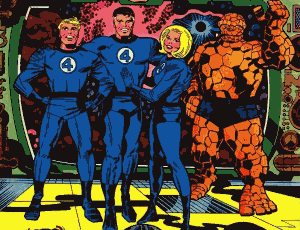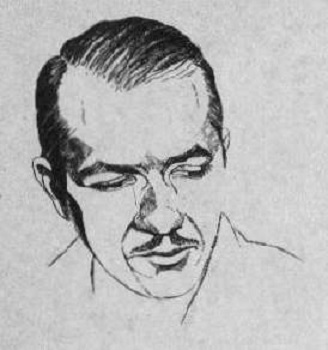Over at The Philosophical Fighter, Joshua Clements has posted a thought-provoking piece on teaching martial arts. However, his observations also apply to coaching and even classroom teaching.
Clements uses the metaphor of the golem to make his argument that teachers play a vital role in shaping students. In Hebrew folklore, the golem was a creature formed from clay, given life and purpose by its creator, normally a rabbi. Like a rabbi, a teacher imparts much more than rote knowledge to his students. As Clements puts it:
“As teachers and coaches, we also have the opportunity to sow truth and life into our students. We help inscribe emet [Truth] on their minds while simultaneously breathing life into their dreams, their passions, and their growth.”
The golem myth reflects the Genesis account of the creation of Adam, who was also formed from clay. That same myth inspired one of the most complex and beloved Marvel Comics characters, Benjamin J. Grimm, aka, The Thing, whose powerful body appeared to be made of rocks.
As Thing, Benjamin J. Grimm often clashed with the serious, logical Reed Richards (aka, Mr. Fantastic). In contrast to Richards, Thing was emotional, a little crude at times, and haunted by guilt and self-loathing. While Richards the scientist approached problems objectively and dispassionately, Thing was ready to clobber them. Fans often sided with Thing, the down-to-earth (!) everyman, against Richards, the highbrow academic.
The inevitable conflicts among the team sparked some memorable stories. Their personalities reflected one of the four classical elements they represented: Air (Invisible Girl), Fire (Human Torch), Water (Mr. Fantastic), and Earth (Thing). Despite their dissimilar temperaments, they managed to unite and overcome their challenges.
Yet another lesson we can learn from the golem.



